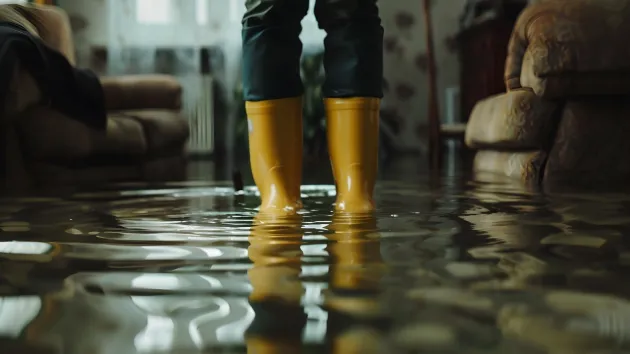
Surface water flooding or flash flooding occurs when rainwater does not drain away through the normal drainage systems or soak into the ground but lies on, or flows over the ground instead. This may be because of the intensity and amount of rainfall, because the ground is already saturated (full of water), or because rain falls onto non-permeable surfaces e.g. concrete.
Surface water flooding tends to happen in more urban area like towns and cities, where there is more concrete or other hard surfaces, as they cannot absorb water, whereas grass and soil can. It can also happen during drought conditions, when soil is compacted and water cannot be absorbed, usually during the Summer months.
National Resources Wales’ free flood warning service does not warn for surface water, as this type of flooding can occur very quickly and is often very localised, meaning there isn’t time to issue advance warning messages.
However, there are several ways to learn more about this risk:
- 5-day flood risk gives an indication if flooding from these sources is considered possible in the wider area in the next 5 days
- check your flood risk by postcode to see the risk from these sources. This can help you decide if you need to take steps to reduce your risk
- your local authority can provide more information, support and advice on flood risk from surface water and small streams
- check Met Office weather warnings and local weather forecasts
- check your nearest river level, rainfall or sea station for an indication of local conditions
There are simple steps all businesses can take to ensure that they are prepared for adverse weather such as:
- installing flood protection systems
- checking your insurance policy covers weather damage to your property -make sure you have suitable insurance, the Association of British Insurers provides helpful information, Commercial Property Insurance is particularly relevant
- having a business continuity plan
- making copies of your insurance documentation and key contact information
- preparing a grab bag with essential items which can be easily accessed should the premises be evacuated
